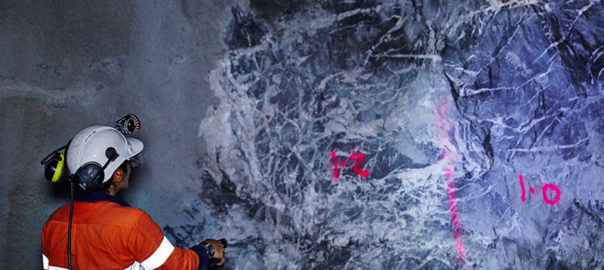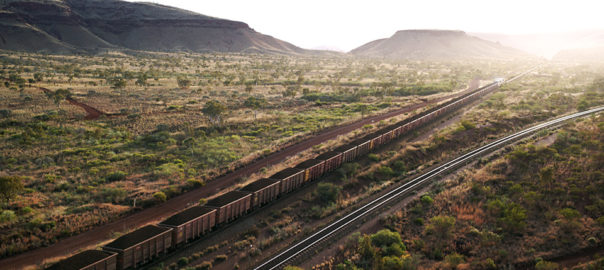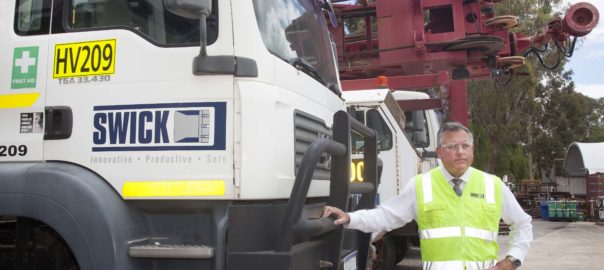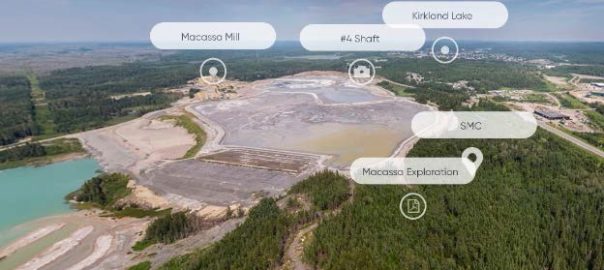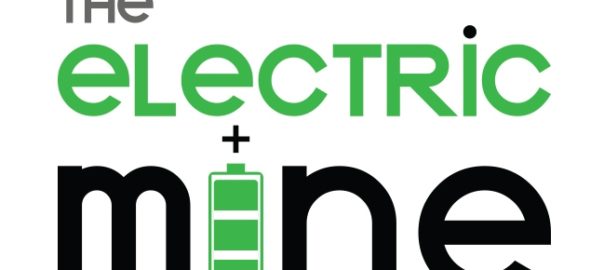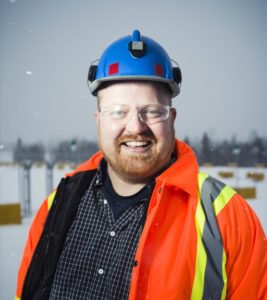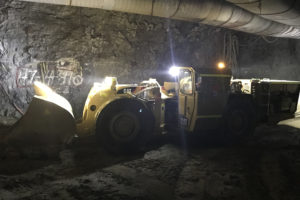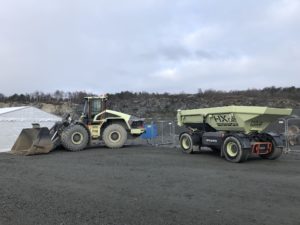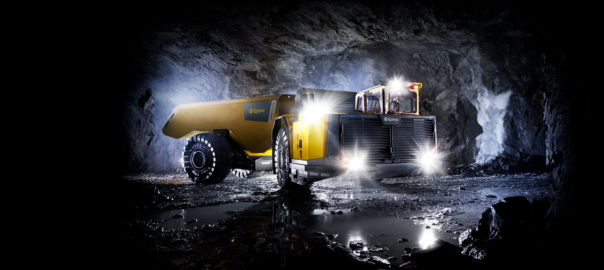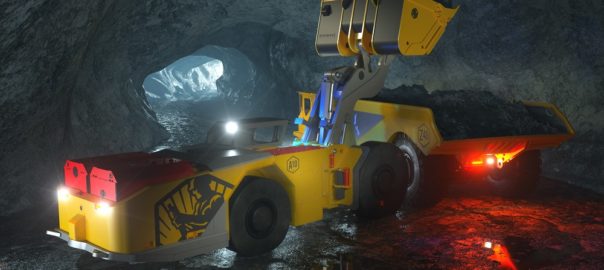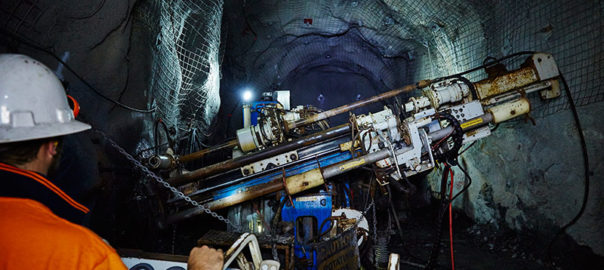Kirkland Lake Gold has received regulatory and planning approval for an on-site cement plant at its rapidly-expanding Fosterville gold mine in Victoria, Australia.
Victoria’s Minister for Resources, Jaclyn Symes, confirmed the approvals on site at Fosterville last week.
The new cement infrastructure plant will enable by-product rock to be re-inserted underground, reducing tailings and extending the life of the mine, according to the government. It will also lead to production increasing at the underground mine, it added.
Estimated gold reserves at Fosterville were recently upgraded 60% to 2.7 Moz, with production in 2019 set to come in at 550,000-610,000 oz, up from 350,000 oz in 2018.
In August, Kirkland Lake Gold secured GR Engineering’s EPC services for a paste backfill plant at Fosterville which, when in production, could produce 65 m³/h of paste to fill the stopes in the gold mine.







